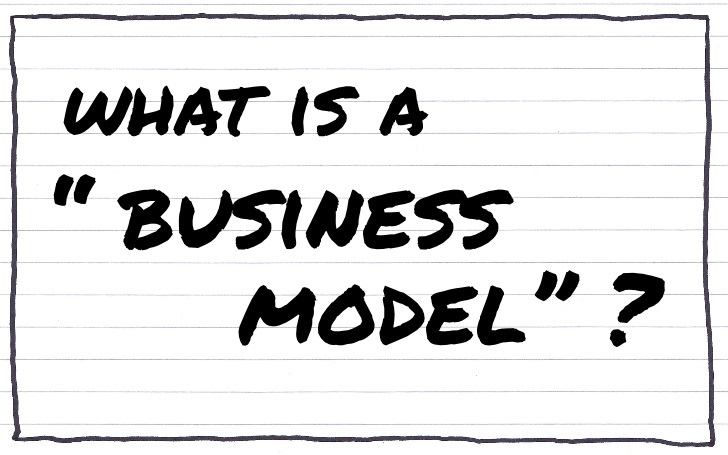There are various yardsticks through which the performance can be evaluated. Two of the commonly used quantitative tools are:
- Exit Multiple
PE Funds will often talk of having exited an investment at 3X or 5X. This means that when they exited an investment, they recovered 3 or 5 times their original investment.
The multiple is an easy and memorable representation of how the investment fared. However, the rate of return also depends on the investment holding period. 3X over a 3-year holding period is excellent, but not so interesting, if it happened over 10 years.
Besides, if the investee company declared dividends during the holding period, then that is not properly captured in the multiple.
Multiple is also used to show overall portfolio return of the fund and the return earned by an investor in the fund. If an investor invested Rs. 1 crore in the fund, which paid back Rs. 4 crore from its investments, then the investor has recovered 4X.
Multiple is even less precise in capturing portfolio returns of the fund, and the returns of an investor in the fund. The investment into the fund happens at various points of time (linked to the investment commitments that the fund makes to investee companies) and the returns too are paid back in stages (as and when the fund exits an investee company). A single multiple does not adequately capture the impact of such cash flows at different points of time.
- Internal Rate of Return (IRR)
IRR is a superior measure of performance, because it captures the value as well as time dimensions. It is calculated by using the MS Excel Function ‘=IRR’ to the cash flows, as shown in images below (for fund’s investment in a company) and (for fund’s portfolio).
As seen in the image, the fund exited its investment at a multiple of 3X and earned a return (IRR) of 20.51%.

Images below shows the cash flows from each investment that the fund made (including the investment mentioned in Table 1.2) and the IRR of each such investment. The last row in the Table sums the cash flows across investments, for each year. The overall portfolio return for the fund is calculated to be 22.47%.

Similarly, IRR can be used to calculate the returns for LP and GP. The return for the LP would be the portfolio return minus the asset management fee and the carried interest. The return for the GP would be higher than the return for the LP to the extent of management fee (assuming it is higher than the expenses incurred for the asset management activity) and the carried interest. Further, as already discussed, it can be quite high, since carried interest is earned by the GP on the entire corpus of the fund, while they may have contributed only a fraction of the corpus.










